Starting your dance journey can feel overwhelming. With so many styles and techniques, it’s easy to feel lost. You might worry about looking awkward or not keeping up with others. These fears can hold you back from enjoying the fun and freedom of dance. But don’t let that stop you!
Imagine feeling confident on the dance floor, moving to the beat with ease. Picture yourself mastering new steps and having a blast. It’s all possible with the right guidance. You just need a few simple tips to get started and build your skills.
This blog shares 30 dance tips for beginners to help you shine. From choosing the right style to staying motivated, we’ve got you covered. Whether you’re dancing at home or in a class, these tips will set you up for success. Let’s get moving and make your dance journey unforgettable!
Table of Contents
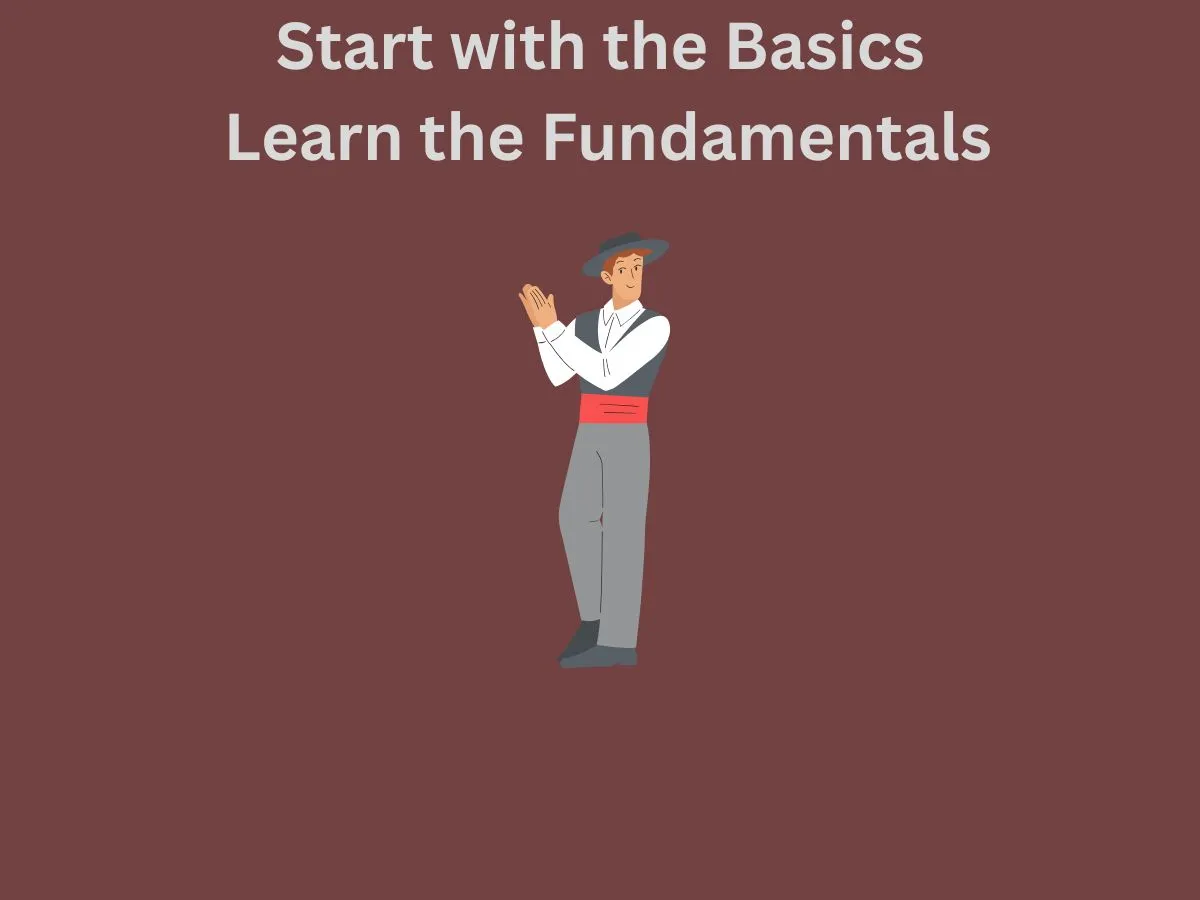
Start with the Basics: Learn the Fundamentals
When starting your dance journey, focus on the basics. Simple moves like bouncing, stepping, and clapping to the beat are essential. These fundamentals help you connect with the music and build a strong foundation. Mastering these basics makes it easier to learn more complex moves later.
Practice these basic movements regularly. This helps your body get used to the rhythm and flow of dance. Over time, these simple steps will feel natural. They will also improve your coordination and timing. Start slow and gradually increase your speed as you get more comfortable.
Don’t rush through the basics. Take your time to perfect each movement. This builds confidence and sets you up for success. Remember, even the best dancers started with these simple steps. Mastering the basics is the key to becoming a great dancer.
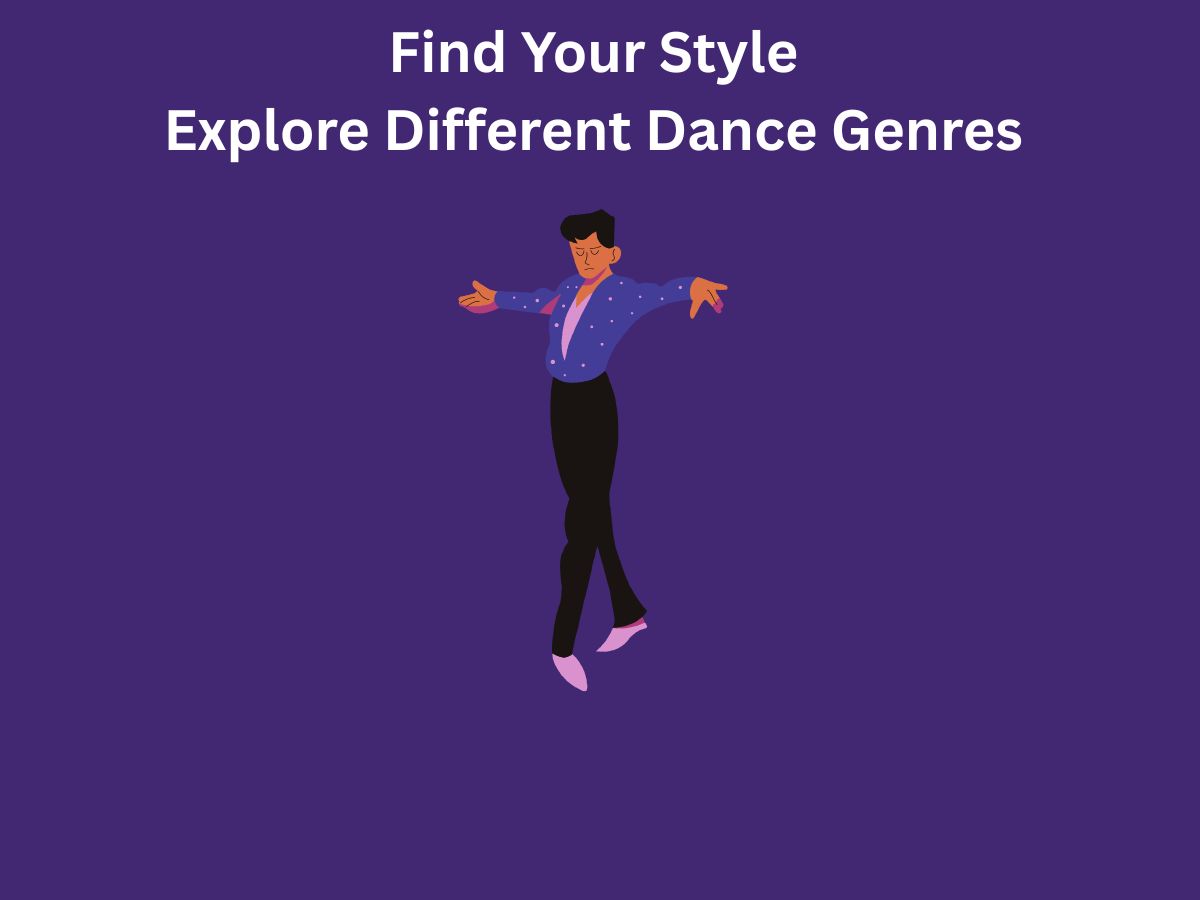
Find Your Style: Explore Different Dance Genres
There are many dance styles to try. From hip-hop to ballet, each genre has its own unique moves and rhythms. Experiment with different styles to find what you enjoy most. This helps you discover your personal dance style and keeps things fun15.
Take classes or watch tutorials online. This gives you a taste of each style. You might find that you love the energy of hip-hop or the grace of ballet. Trying different genres also helps you become a more versatile dancer. It’s a great way to keep your dance journey exciting.
Don’t be afraid to step out of your comfort zone. Trying new styles can be challenging but rewarding. It helps you grow as a dancer and keeps your passion alive. The more styles you explore, the more you’ll discover about your own dance preferences.
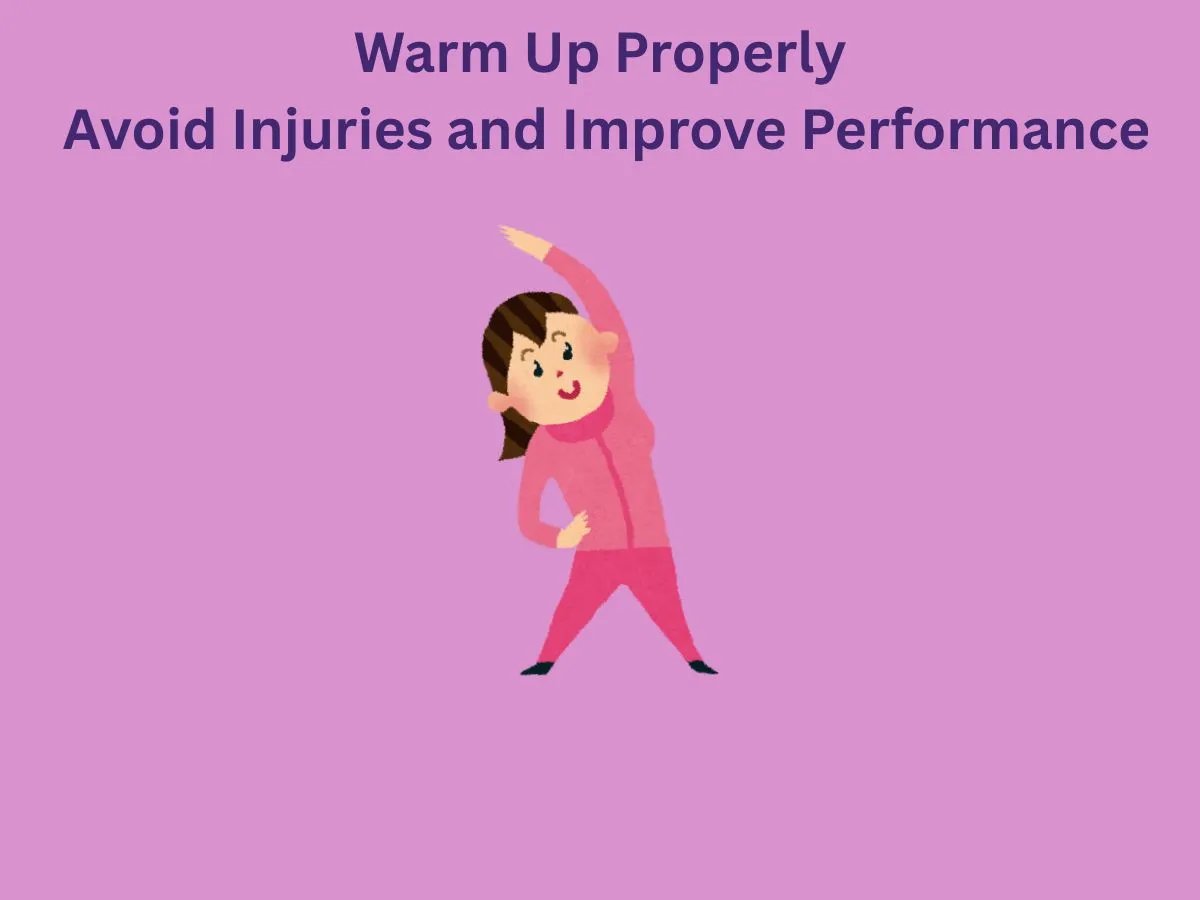
Warm Up Properly: Avoid Injuries and Improve Performance
Warming up is crucial before any dance session. It prepares your muscles and prevents injuries. Start with light stretches to loosen up your body. This helps you move more freely and reduces the risk of strains.
Incorporate simple movements like jumping jacks or arm swings. These get your heart rate up and improve blood flow. A good warm-up also helps you focus and get in the right mindset for dancing. It’s a key step to performing at your best.
Take time to warm up before every practice or performance. This keeps your body ready and reduces soreness afterward. A proper warm-up not only protects you from injuries but also enhances your overall dance experience. Make it a regular part of your routine.
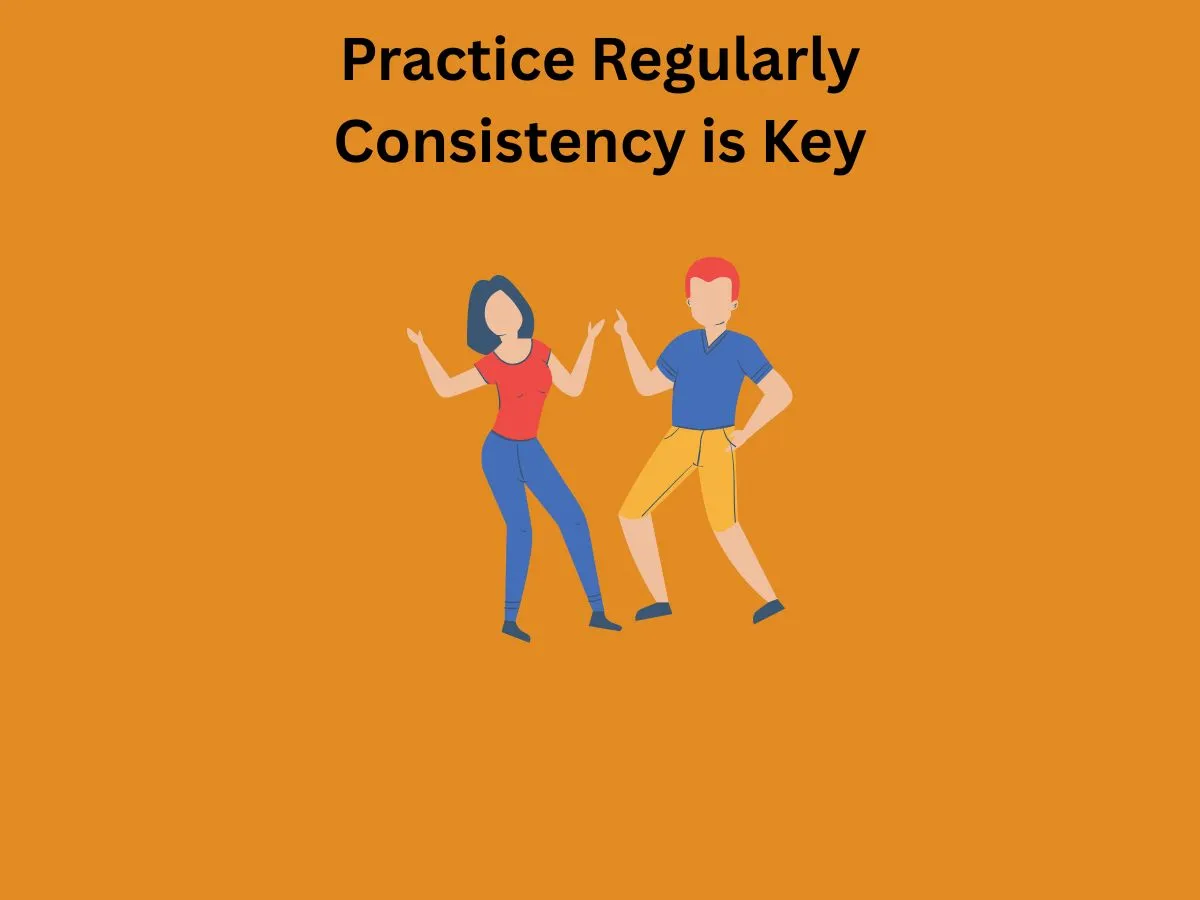
Practice Regularly: Consistency is Key
Consistency in dance practice is essential for improvement. Regular practice helps reinforce muscle memory and coordination. This makes complex moves feel more natural and easier to execute. It’s like building a strong foundation for a house—the more you practice, the stronger your skills become.
Consistent practice also boosts physical fitness. Dancing regularly improves strength, flexibility, and endurance. These are all important for performing well and preventing injuries. Even short daily sessions can make a big difference over time. It’s not about how long you practice but how often.
Staying consistent can be challenging, but it’s worth it. Set a schedule and stick to it. Whether it’s a few minutes a day or longer sessions a few times a week, regular practice will help you see progress. Consistency is the key to long-term success in dance.
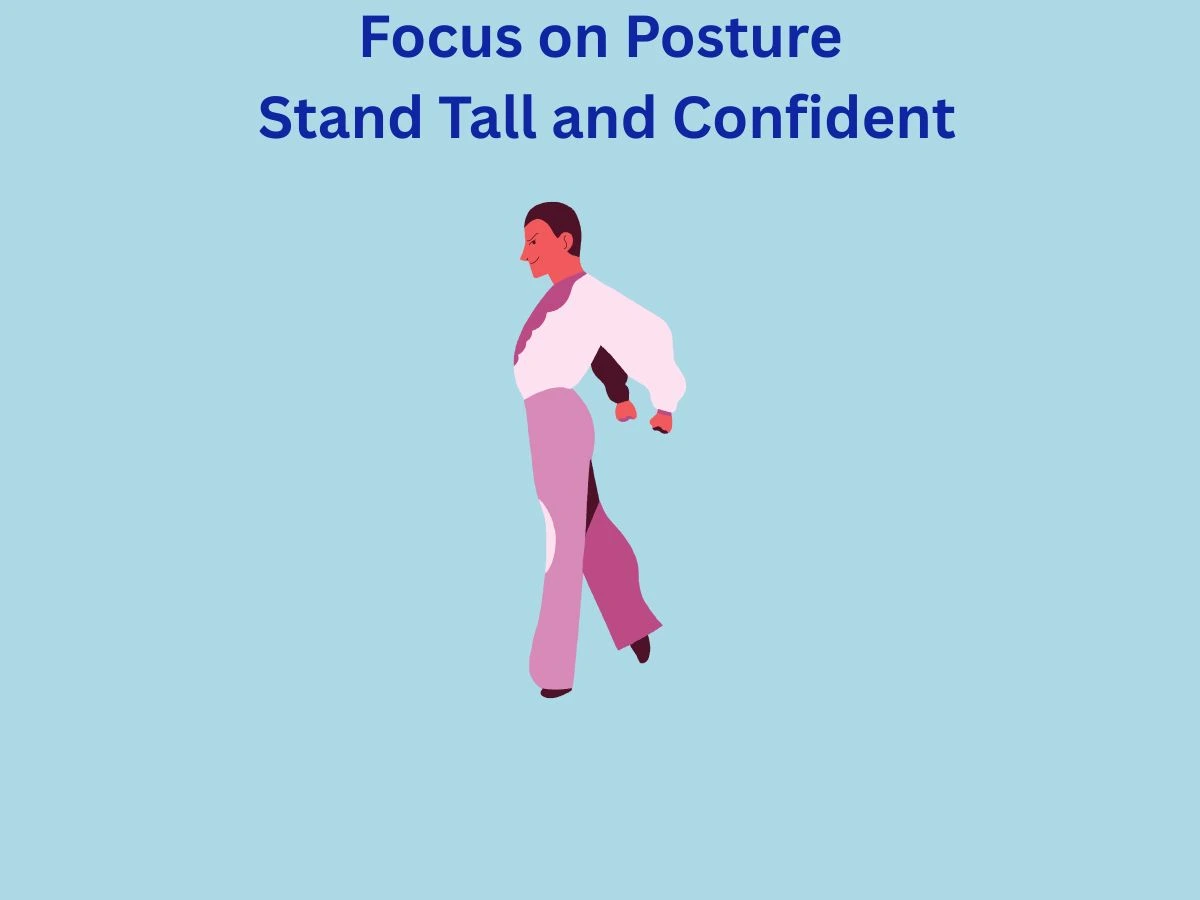
Focus on Posture: Stand Tall and Confident
Good posture is crucial for dancing. It helps you move gracefully and prevents injuries. Stand tall with your shoulders back and your head held high. This not only looks good but also makes you feel more confident. Proper posture engages the right muscles, giving you better control over your movements.
Posture also affects your performance. When you slouch, your muscles and lungs don’t work as well. This can make you feel tired quickly. Good posture keeps your body balanced and stable. It helps you dance longer and with more energy. It’s a simple change that can make a big difference.
Practice good posture every day, not just when you dance. This helps make it a habit. Over time, you’ll notice improvements in your dance and your overall well-being. Good posture is a small change that can have a big impact.
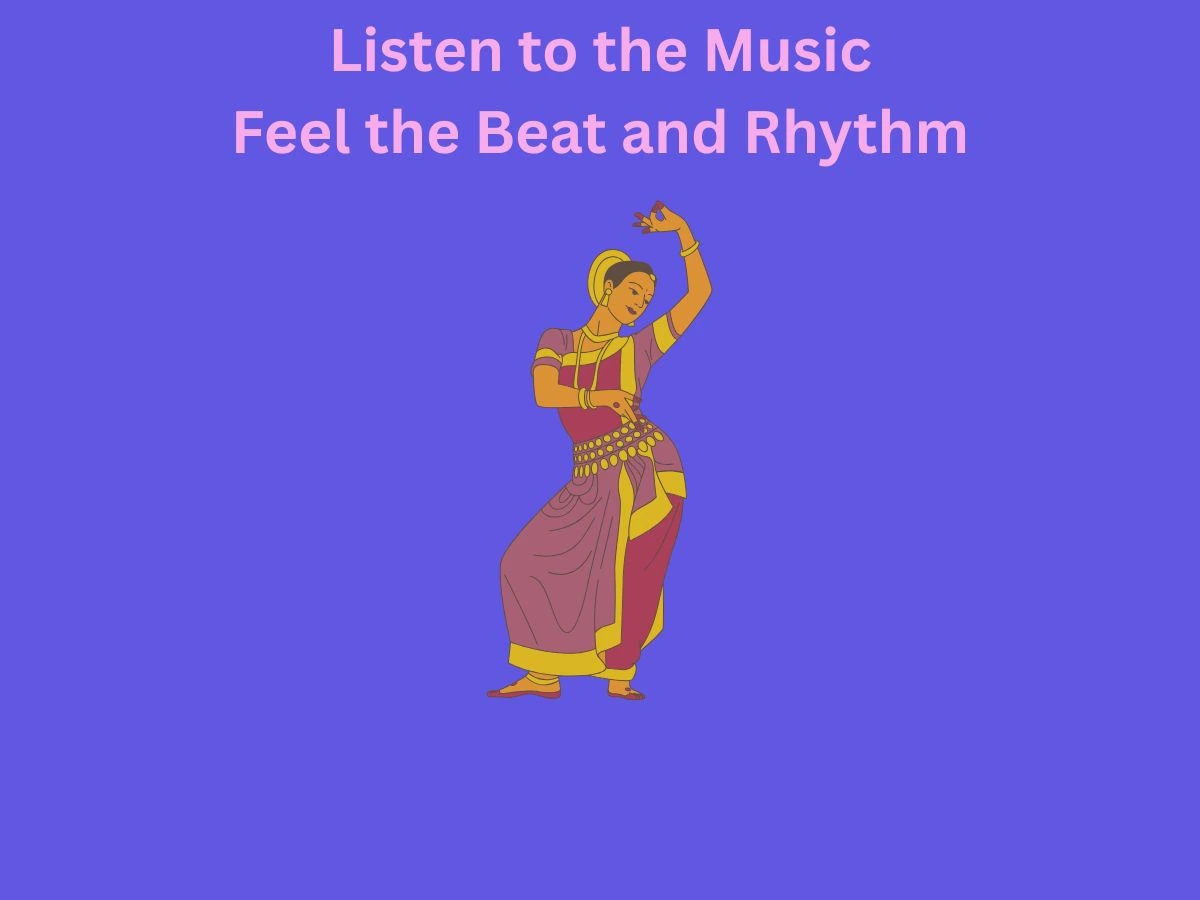
Listen to the Music: Feel the Beat and Rhythm
Listening to the music is key to great dancing. The beat and rhythm guide your movements. Pay attention to the tempo and try to match your steps to the music. This helps you stay in sync and makes your dancing look more polished.
Feeling the music also helps with timing. When you’re in tune with the rhythm, your moves flow more naturally. It’s like having a conversation with the music—you respond to its cues. This makes your dancing more expressive and enjoyable.
Don’t just hear the music—feel it. Let it move you and guide your steps. This connection with the music is what makes dancing so special. It’s not just about the moves; it’s about how you express yourself through the music.
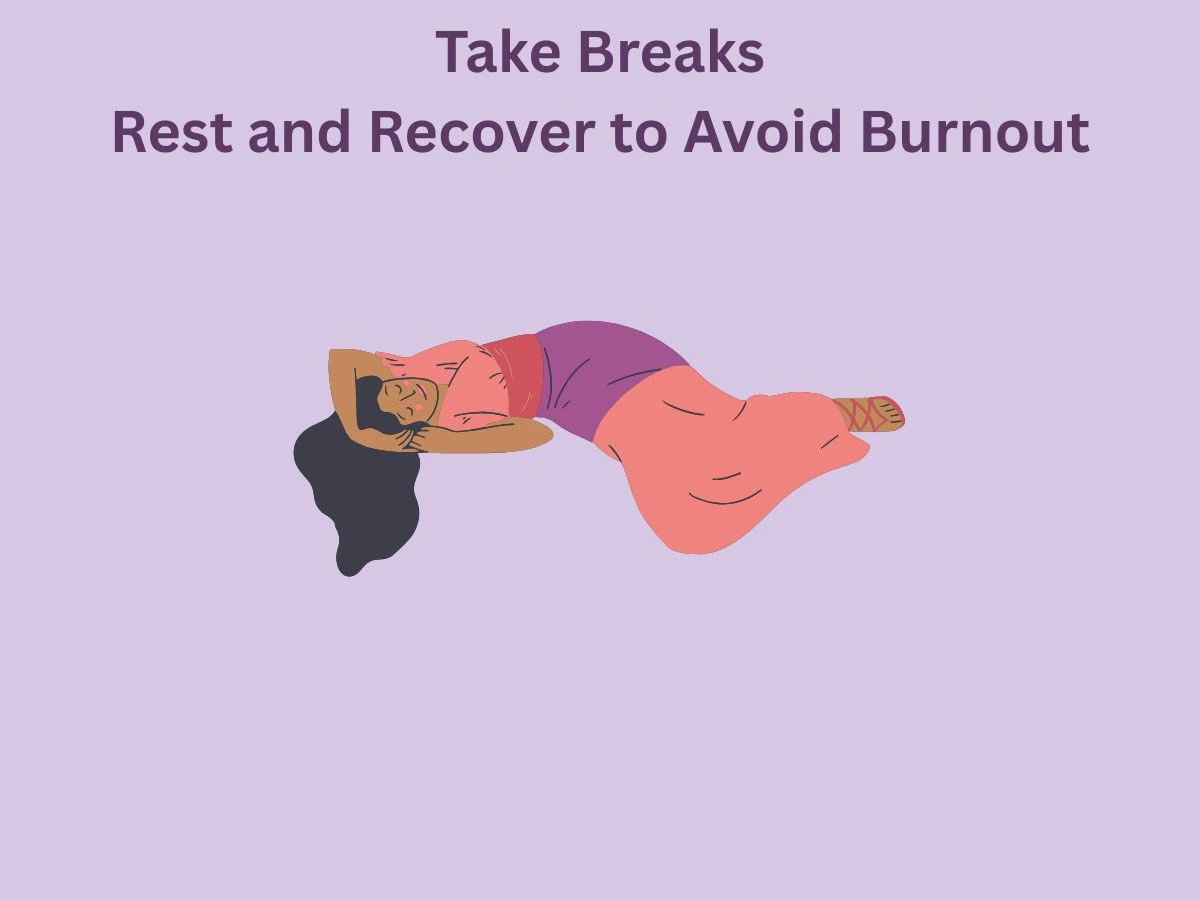
Take Breaks: Rest and Recover to Avoid Burnout
Taking breaks is crucial for dancers to avoid burnout. Rest allows your muscles to recover and repair, especially after intense training. Without proper rest, your body can become overloaded, leading to fatigue and injuries. Rest days help your muscles adapt and grow stronger, ensuring you can perform at your best.
Rest isn’t just about physical recovery—it’s also about mental health. Overworking yourself can lead to stress and exhaustion, making it harder to enjoy dancing. Taking time off helps you recharge mentally and stay motivated. Whether it’s a full rest day or light activity like yoga, rest keeps you balanced and ready to dance.
Incorporate rest into your routine to prevent burnout. Listen to your body and take breaks when needed. This helps you stay healthy and enjoy dancing for the long term. Rest is just as important as practice in your dance journey.
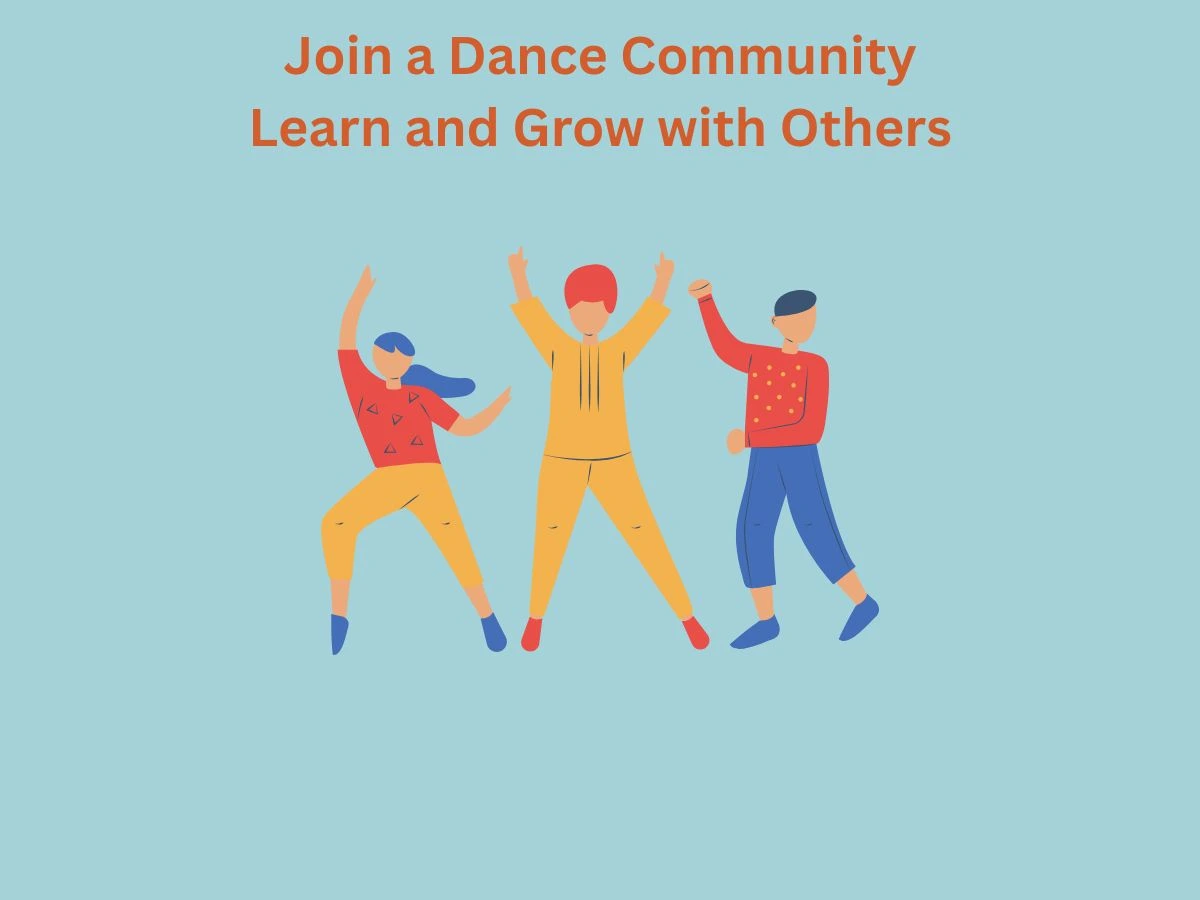
Join a Dance Community: Learn and Grow with Others
Joining a dance community is a great way to improve your skills and make friends. Dance classes and events bring people together, creating a sense of belonging. Being part of a group motivates you to keep practicing and learning. It’s a supportive environment where everyone shares the same passion.
Dance communities also offer opportunities for collaboration. You can learn from others, share tips, and even perform together. This helps you grow as a dancer and builds confidence. The friendships you make in a dance community often extend beyond the studio, creating lasting connections.
Being part of a dance community is more than just dancing—it’s about building relationships. Whether you’re a beginner or advanced, joining a group enhances your experience. It’s a chance to celebrate progress and enjoy the journey with others.
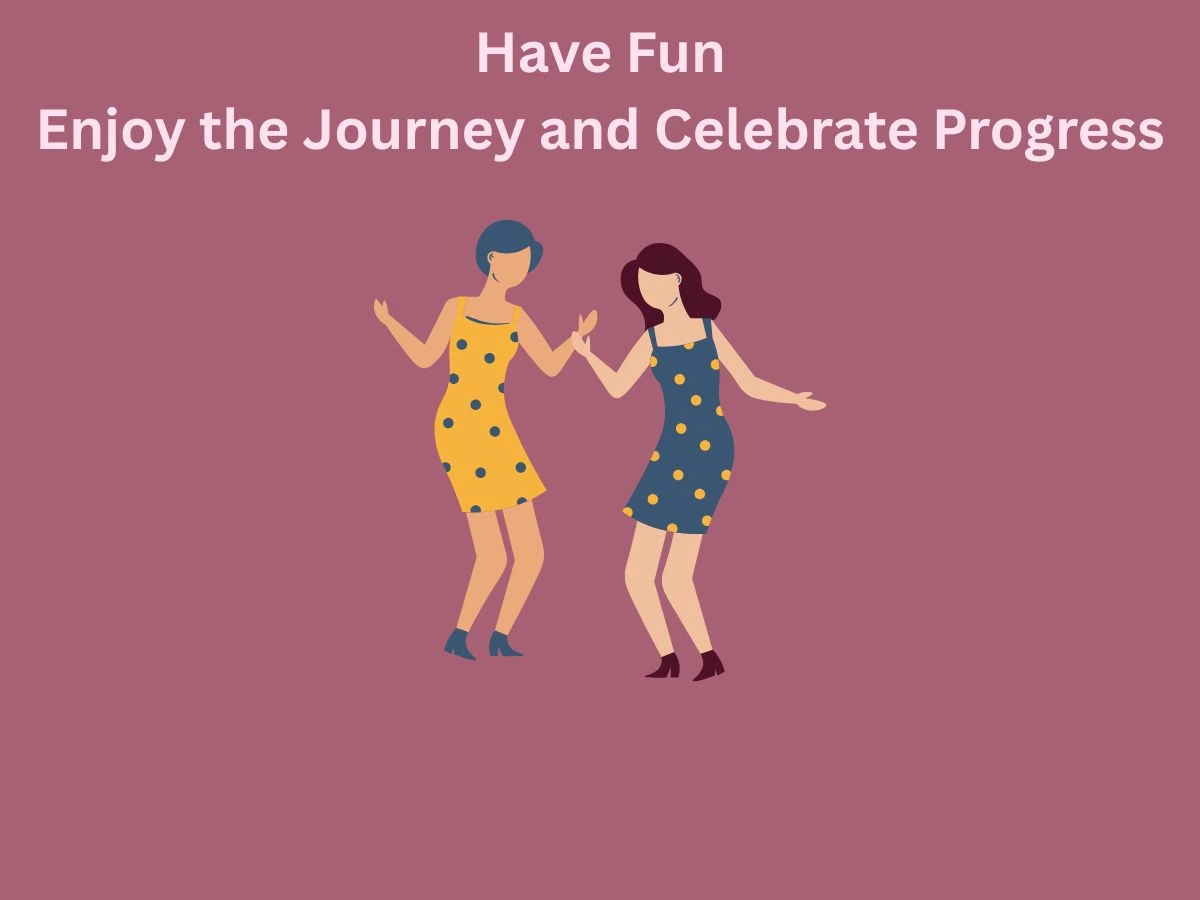
Have Fun: Enjoy the Journey and Celebrate Progress
Dancing should be fun, not just about perfection. Enjoying the process keeps you motivated and passionate. Celebrate small achievements, like mastering a new move or improving your posture. These milestones show how far you’ve come and keep you excited to learn more.
Focus on the joy of dancing rather than comparing yourself to others. Everyone progresses at their own pace, and that’s okay. The journey is about expressing yourself and having a good time. Dance is a way to let go of stress and enjoy the moment.
Document your progress to see how much you’ve grown. Take photos or videos to capture your achievements. This helps you stay positive and reminds you of your hard work. Dance is a journey, and the most important part is having fun along the way.
Conclusion: Take the Plunge and Start Dancing!
With these dance tips for beginners, your dance journey is ready to begin. Choose the tips that resonate the most and integrate them into your dance routine. Contact info@nandismedia.com for further help. Dance awaits you, enjoy!
FAQs
What if I feel awkward when I first start dancing?
Everyone feels awkward at first! Focus on enjoying the music and moving your body.
How do I find a dance community that fits my style?
Explore different dance studios and classes in your area to see which one feels right.
Is it okay to take breaks even if I feel like I’m making progress?
Yes, rest is crucial for preventing injuries and burnout.
How often should I practice to see improvement?
Aim for regular practice, even if it’s just for a few minutes each day.
What can I do if I feel discouraged with my progress?
Celebrate small achievements and focus on the joy of dancing rather than perfection.
How do I find the right dance style for me?
Experiment with different styles by taking classes or watching tutorials.
Is warming up really necessary?
Yes, it helps prevent injuries and improves your performance.
How do I stay motivated to keep dancing regularly?
Set realistic goals, find a dance buddy, and reward yourself for meeting milestones.
What if I don’t have a lot of time to practice?
Even short practice sessions can make a big difference.
How do I make sure I’m listening to the music correctly?
Pay attention to the tempo, rhythm, and dynamics, and let the music guide your movements.